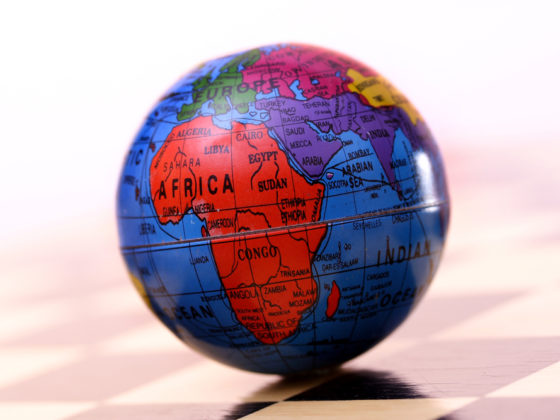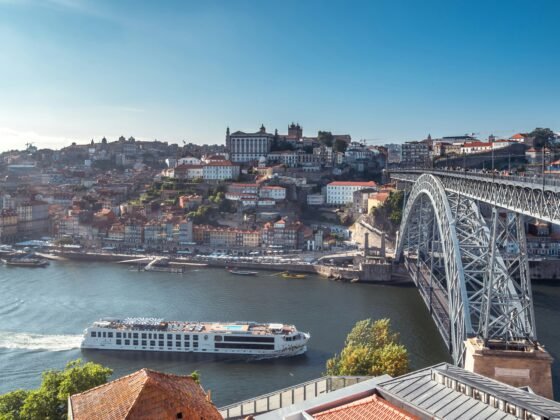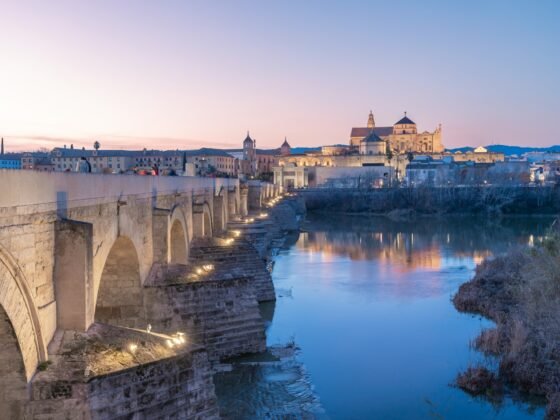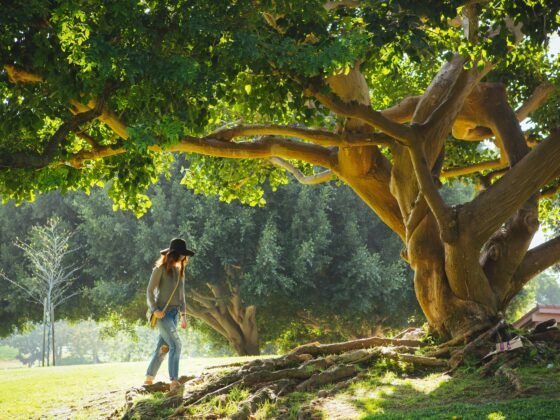
Travelling in a motorhome offers the perfect blend of comfort and adventure. Tailor your exploration of NZ to suit your tastes without the hassle of multiple bookings and travel arrangements.
Using a motorhome to adventure through New Zealand lets you explore the country on your own terms. It’s easier to go off the beaten path and stumble on the secrets that the wilderness holds. Campervan road trips simplify travel so that you can focus on what matters most: connecting with the beautiful countryside that you’ll be driving through.
If it’s your first time renting a motorhome, you may be wondering where you should start.
Here’s what you need to know about renting a motorhome in NZ –
Driving a motorhome
Even first-time motorhome drivers are able to manage satisfactorily, so don’t worry about this side of things. Despite their long length, it’s not very different from driving a car. If you’re manoeuvring in a tight spot or attempting to drive past low hanging branches, use a spotter to guide you from the outside. Choose a model that’s easier to manage: for instance, one with automatic transmission, a reversing camera and minimal blind spots.
Do you need a special licence?
If you’re from outside NZ, you will need a valid driver’s licence for a car from your country. If the licence is not in English, have it translated or get an International Driving Permit (IDP). With an approved permit, you can drive a motorhome that has a Tare weight of 4.5 tonnes (max). When you plan your trip, be sure to check the updated laws for licences and driving a motorhome.
In every country, the rules of the road are a little different. Familiarise yourself with the rules in NZ to make sure you’re driving safely. Here, vehicles drive on the left-hand side of the road and the roads are quite winding, so some journeys may take longer than you thought. You can use a distance and time calculator to help plan your trip better.
Choosing a campervan rental company
Once you set a budget for your trip, you can decide between a premium rental company, mid-range or a low-budget campervan rental. Compare companies within these brackets based on their reputation and what they’re offering. Remember to check for extras and, if possible, get a self-contained campervan, which are great for freedom camping. With a self-contained campervan, you can leave even the most secluded spots without leaving a trace behind.
Checking reviews and ratings really helps you to understand who you’re dealing with. The Qualmark grading system is decided by Tourism New Zealand and will give you a reliable indication of the company you’re considering. Get advice from people who have been through the process before by connecting with other travellers. You can also visit Wilderness Motorhomes in New Zealand.
Choosing a motorhome
To decide on the type of campervan or motorhome that would be best for you, take stock of the specific considerations of your travelling party. How many people are you travelling with and do any of you have special needs? Do you want separate beds? And are you travelling with children? Being able to walk through from the cab to the living area is more convenient. Consider the bathroom, kitchen and living area fully before you make a decision. Remember, you’re going to be spending a lot of time here, so it’s important to be comfortable with your decision.
Motorhome costs to consider
While budgeting for your trip, the motorhome rental will take up the bulk of your expenses. Most companies charge a daily rate and there will be extra charges: check both and read the fine print to avoid any shocking surprises at the end. Extras could include things like bikes, camping furniture, one-way fee and additional driver fee. Alongside these charges, you will also need to factor in the costs of fuel, tolls and taxes.
Parking your motorhome
A self-contained motorhome gives you more options. You can use it for responsible freedom camping or you can stay at holiday parks. Freedom camping just means setting up your campervan on a bit of public land that allows you to do so. These spots often offer some of the most beautiful vistas, but different regions have their own rules, so be sure to look them up before you set up for the night. You can visit freedom camping info on the NZ government’s website or drop in at the local Visitor’s Centre to check out freedom camping laws for that region. If you are found to be in violation of those laws, you can be heavily fined. Freedom camping spots generally have no facilities.
Holiday parks are the opposite: they offer bathroom facilities, showers, laundromats, and facilities where you can top up your fresh water and dump your grey water. Staying at a holiday park, however, is chargeable, unlike freedom camping.
Between these two options lie the regional park sites, which are run by the Department of Conservation. These sites have nominal fees and offer basic facilities. Some private property owners rent out parts of their land to campervanners as well. The prices and the facilities offered by these sites tend to vary.
You can, of course, choose a mix of these options, depending on your route.
Returning motorhomes
Set some time aside at the end of the trip to complete the return of your motorhome. Most companies will give you a checklist to go through, including refuelling the tank, topping up fresh water and emptying your greywater tank. They will also have to inspect the motorhome for damage during this process. It will take some time, so you should account for that if you’re booking your flight out of New Zealand soon after your trip. If you want to change the location of your drop off after starting your journey, you will probably need to pay a large fee, as the rental company will have to return the vehicle to the original branch. Some rental providers arrange to have you dropped off at your hotel or at the airport after check-out, but remember to clarify this in advance.











